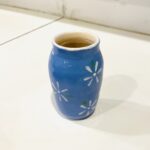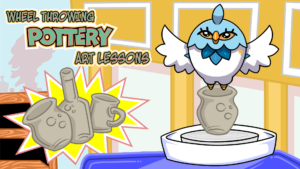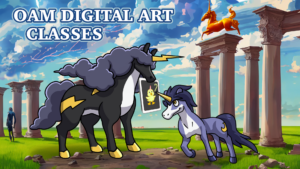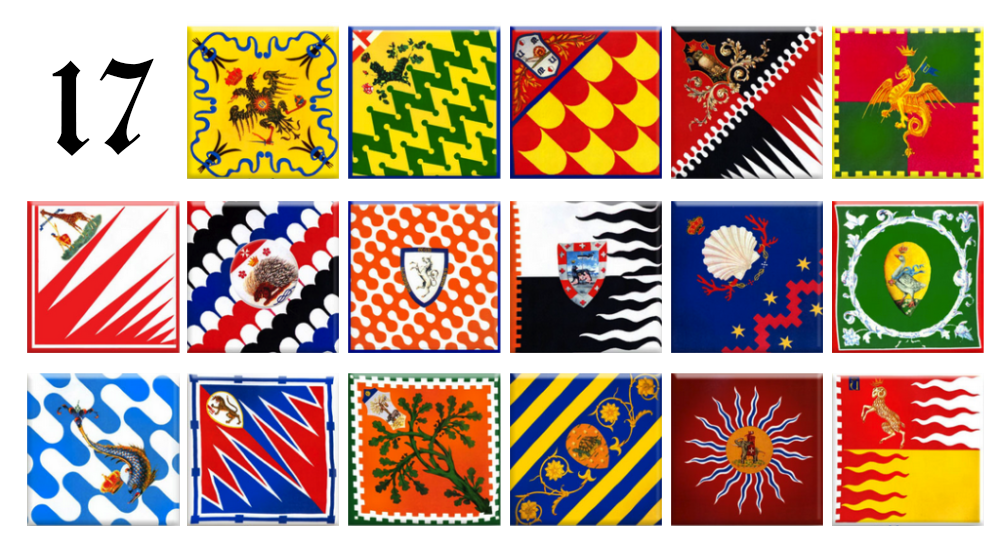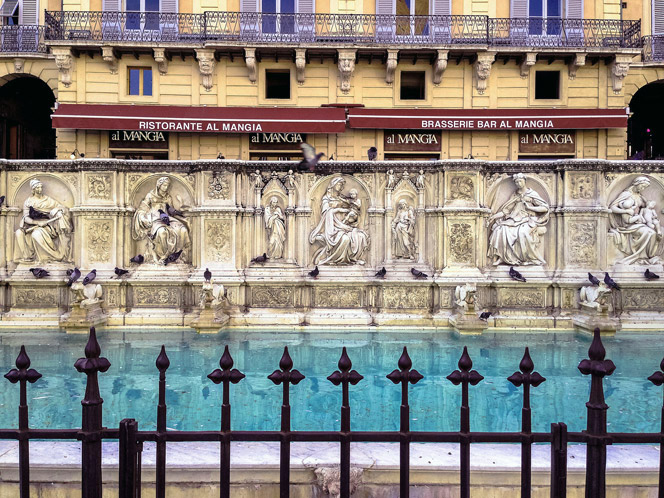Your child can experience learning pottery wheel throwing in Pleasanton & Tracy California under the expert guidance of our art instructors. These lessons will get your child slinging clay on the wheel and turning mud into something valuable. Whether your child is a beginner or looking to refine their abilities, these lessons provide a comprehensive lessons to wheel throwing, from centering clay to shaping and finishing your creations. Our ceramic classes cover ceramic vases, mugs, jugs and more. Learn different glaze techniques and trimming as well.
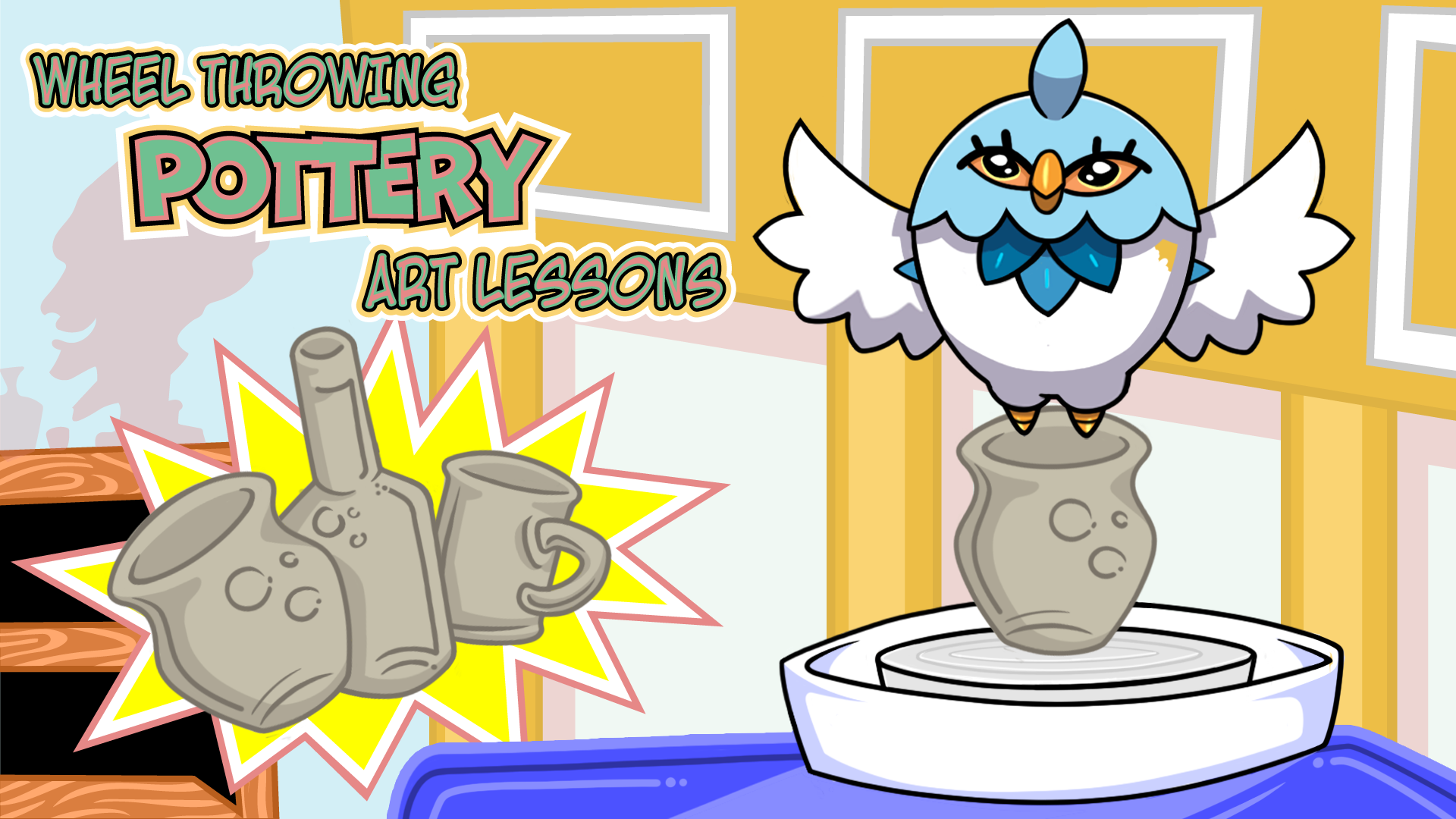

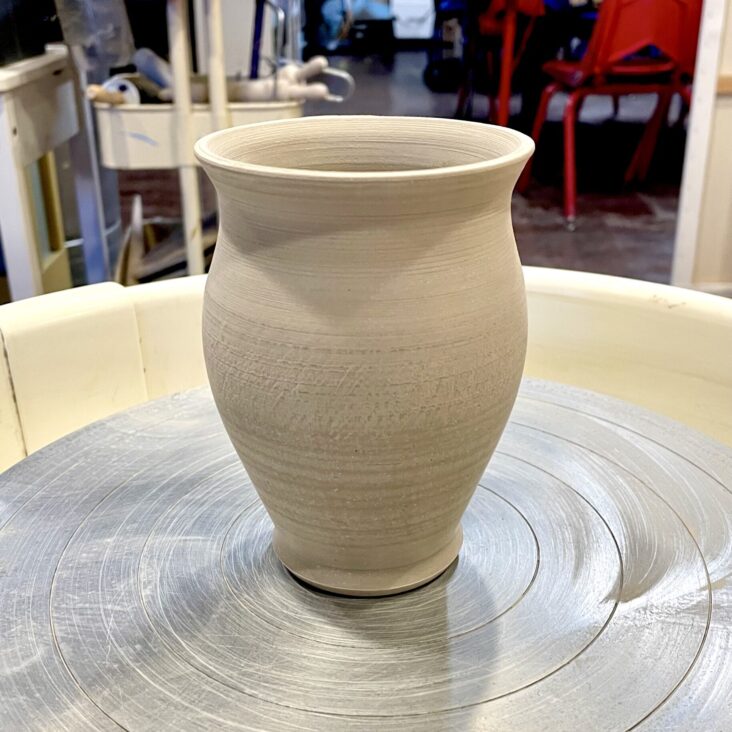
CLASS AGE
The Wheel Throwing Workshops are offered to our students ages 8 and Up.
DURATION
Classes are 1.5 hours long and can be taken 1 or more days a week. There are three slots from 3:30-5:00pm; 5:30-7:00pm; or 7:30-9:00pm
PREREQUISITES
There are no prerequisites for ceramic wheel throwing. Just be prepared to enjoy the process of learning and don't expect perfection on your first try.
Kids Wheel Throwing Curriculum
Wheel Throwing
Wheel throwing is a foundational technique in ceramics where a lump of clay is shaped into functional or decorative pieces using a potter’s wheel. The process involves centering the clay, creating basic forms like cylinders and bowls, and refining them by pulling up the walls. Mastery of wheel throwing requires an understanding of clay behavior, technique precision, and the ability to control speed and pressure. It’s an essential skill for creating symmetrical pieces and building a strong connection with the material, leading to the creation of intricate and well-formed ceramics.
Read More +
Pottery Trimming
Trimming is the process of refining and detailing a piece after it has been thrown and has reached the leather-hard stage. During trimming, excess clay is removed from the bottom and sides to create a smooth finish, clean footrings, and refined shapes. Proper trimming ensures a piece is balanced and aesthetically pleasing, and it also prevents uneven weight distribution. Key skills include knowing when to trim, how to handle the clay to avoid cracks, and using the right tools to achieve sharp, defined lines and details.
Read More +
Glazing & Under Glazing
Glazing and underglazing are key decorative techniques in ceramics that add color, texture, and finish to the surface of the clay. Glaze is applied to a bisque-fired piece and then re-fired to create a smooth, shiny, or matte surface that is often waterproof. Underglaze, on the other hand, is used before glazing to apply intricate designs or color to the surface. These techniques involve understanding glaze consistency, application methods, and firing temperatures to achieve the desired effects. Combining underglaze with glaze layers can result in rich, vibrant colors and unique textures on the final piece.
Read More +
Handles, Spouts & Lids
Creating handles, spouts, and lids is essential for adding both functionality and aesthetic appeal to pottery items like mugs, pitchers, and teapots. Handles are shaped and attached using a variety of methods, ensuring they are both comfortable and secure. Spouts must be carefully designed for optimal pouring, with considerations for angles and flow. Lids and tops must fit seamlessly with the body of the piece, both for function and visual harmony. Mastery of these techniques ensures that the pieces not only serve their purpose but also have a refined and cohesive look.
Read More +
Kids Pottery Tuition
Wheel Throwing Registration
Once a week or more
Pottery, Trimming & Glazing
Contact us by text message at (209) 629-6101
© Copyright 2014 by Oam Studios.com - Made With In Pleasanton by Omar Morineau+







